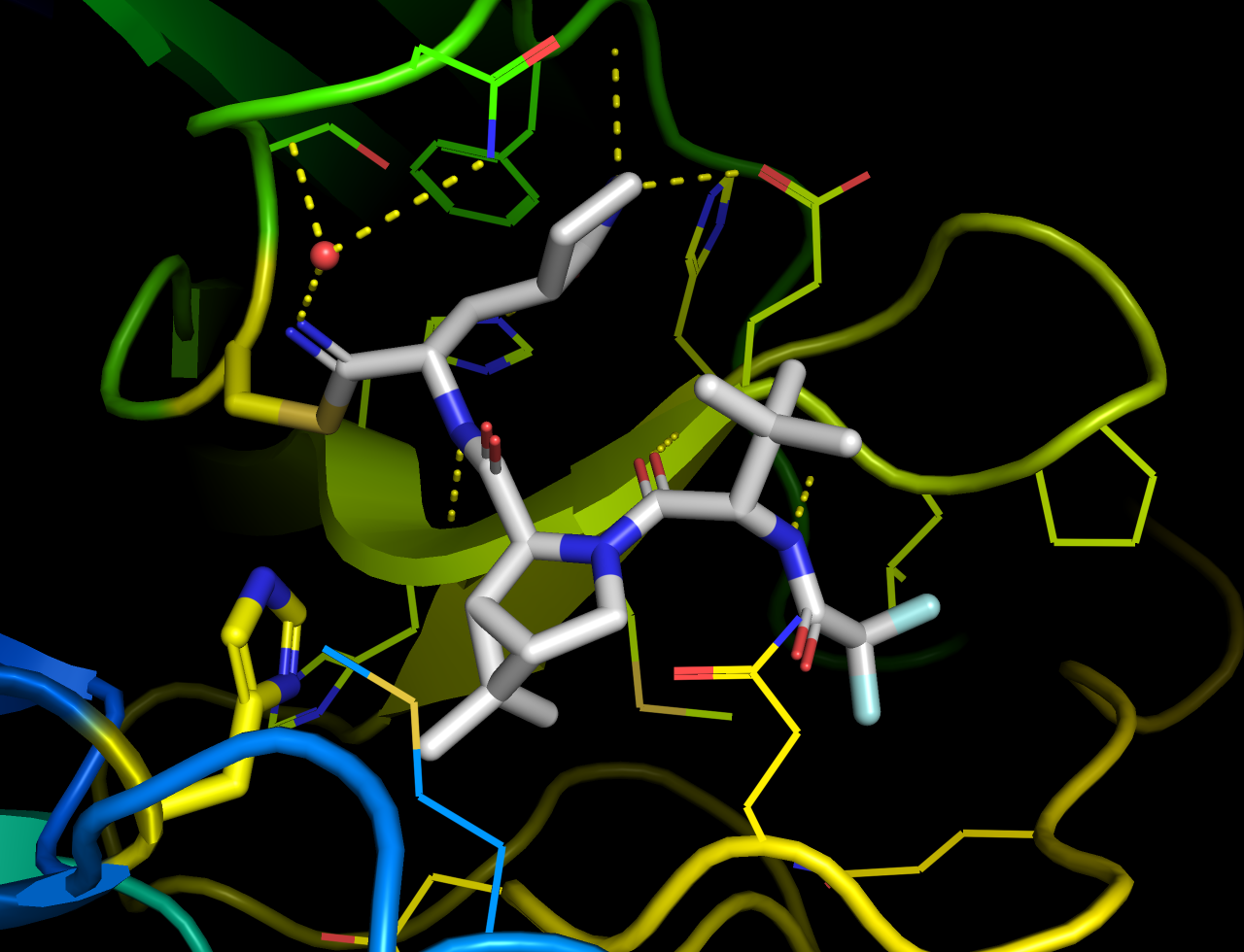The course provides specialized training and in-depth knowledge of the principles of enzyme function and mechanisms at molecular level. Its primary objective is to equip students with a comprehensive understanding of enzymes. The curriculum covers advanced topics, including enzyme structure, modification, and engineering; kinetic analysis; factors influencing catalytic mechanisms; types of enzyme inhibition; the design of inhibitors and their applications as pharmaceuticals and agrochemicals. Particular emphasis is placed on the mechanisms of enzymatic catalysis and the interactions between enzymes and xenobiotic compounds, such as insecticides, herbicides, and fungicides.




